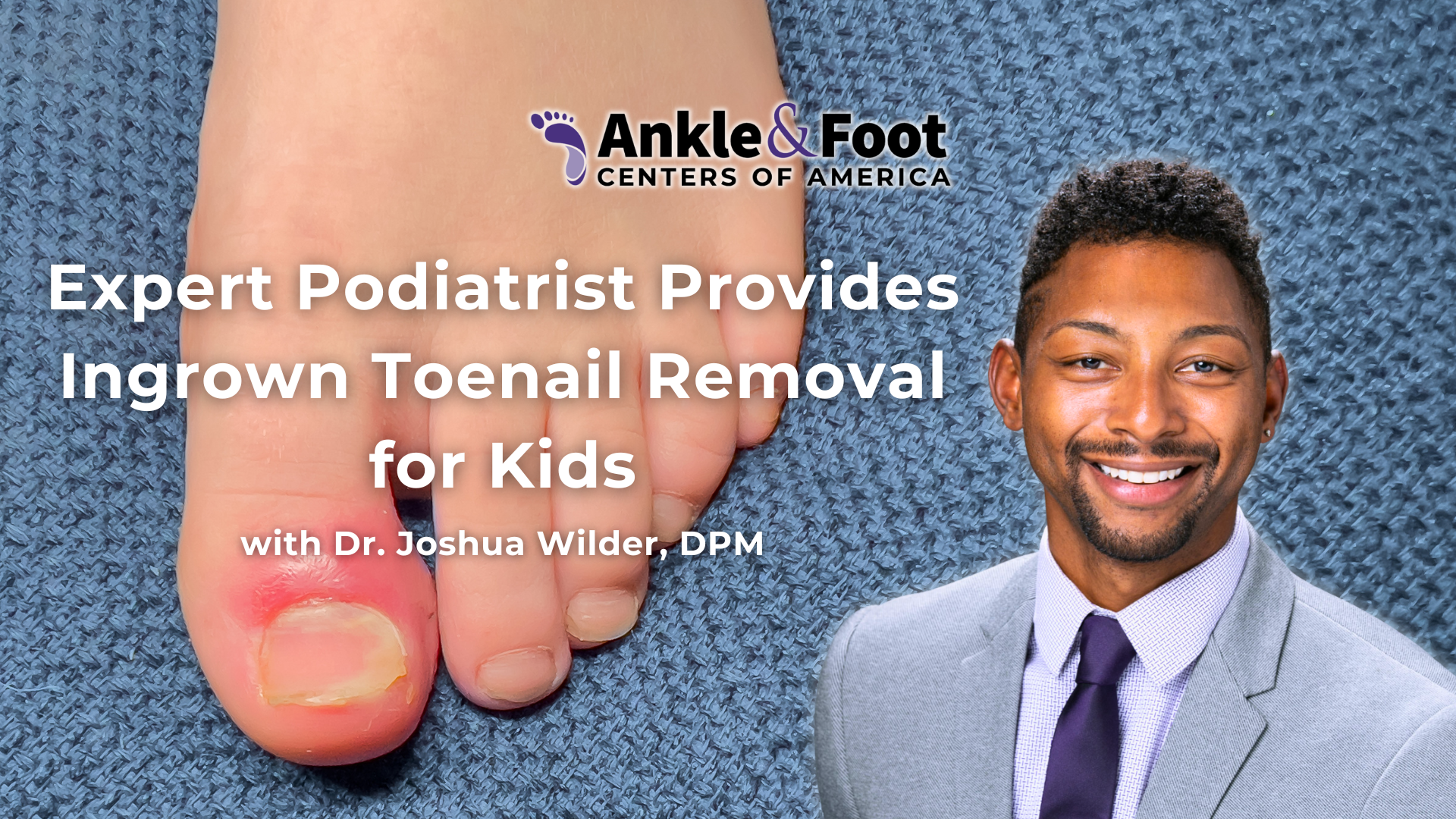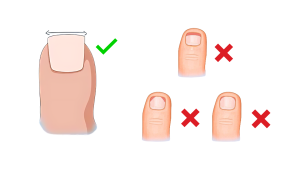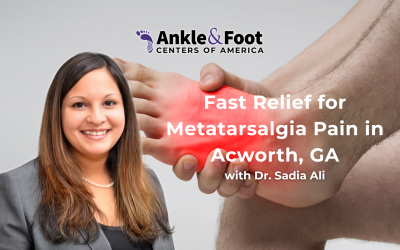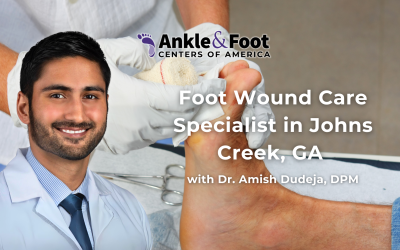Pediatric ingrown toenails can be painful and worrisome for parents. However, early treatment and prevention are key. By understanding the causes and symptoms, you can better manage the condition. Therefore, taking care of ingrown toenails quickly helps keep your child’s feet healthy.
Table of Contents
What is an Ingrown Toenail?
An ingrown toenail occurs when the edge of the toenail grows into the surrounding skin. This condition causes pain and swelling. It can also lead to redness and infection. Ingrown toenails are common in the big toe.
Causes of Pediatric Ingrown Toenails
 Pediatric ingrown toenails have several common causes. Improper nail trimming is a primary reason. Cutting nails too short or rounding the edges can lead to ingrowth. Tight footwear is another factor. Shoes that squeeze the toes create pressure, causing the nail to grow into the skin. Injuries or trauma to the toe can also contribute. Stubbing a toe or dropping something heavy on it may lead to an ingrown toenail. Lastly, genetic predisposition plays a role. Some children inherit a tendency for curved or thick nails, making them more prone to ingrown toenails.
Pediatric ingrown toenails have several common causes. Improper nail trimming is a primary reason. Cutting nails too short or rounding the edges can lead to ingrowth. Tight footwear is another factor. Shoes that squeeze the toes create pressure, causing the nail to grow into the skin. Injuries or trauma to the toe can also contribute. Stubbing a toe or dropping something heavy on it may lead to an ingrown toenail. Lastly, genetic predisposition plays a role. Some children inherit a tendency for curved or thick nails, making them more prone to ingrown toenails.
 Symptoms of Ingrown Toenails in Children
Symptoms of Ingrown Toenails in Children
Symptoms of ingrown toenails in children are noticeable and cause discomfort. Redness around the nail is a common sign. The affected area may swell and become tender. Pain is often present, especially when pressure is applied. In some cases, pus or drainage might appear, indicating an infection. Children may have difficulty walking or wearing shoes. They might also complain of throbbing pain in the toe. Recognizing these symptoms early helps in seeking appropriate treatment.
Preventing Ingrown Toenails in Children
Firstly, proper nail trimming is essential. Always cut nails straight across, avoiding rounded edges. Secondly, choose appropriate footwear for your child. Shoes should fit well, offering enough room for toes to move. Additionally, maintain good foot hygiene. Clean and dry feet regularly to prevent infections.
Furthermore, regularly inspect your child’s feet. Early detection of any issues can prevent complications. Moreover, encourage your child to avoid tight socks and shoes. Finally, educate them on the importance of proper foot care. By following these steps, you can help keep their feet healthy and free from ingrown toenails.
Treatment Options for Pediatric Ingrown Toenail
Treatment options for pediatric ingrown toenails vary based on severity. Sometimes, conservative measures can help. Soak the affected foot in Epsom salt and warm water for 15-20 minutes to reduce swelling and soften the skin. Additionally, apply an antibacterial ointment and a band-aid to protect the area.
However, if symptoms persist, seek medical attention. A podiatrist may perform minor procedures, such as partial nail removal, to relieve pain and prevent further ingrowth. In cases of infection, antibiotics may be prescribed.
For severe or recurring ingrown toenails, more extensive treatment might be needed. A partial or full nail avulsion, which removes the problematic section or the entire nail, can ensure long-term relief.
Always follow the healthcare provider’s post-treatment care instructions. Proper care and hygiene prevent recurrence and promote healing. Furthermore, regular check-ups help monitor the condition and maintain healthy toenails.
Post-Treatment Care and Recovery
- Keep the Area Clean: Wash the toe with mild soap and water, then dry thoroughly.
- Apply Antibacterial Ointment: Use as directed to prevent infection.
- Cover with a Bandage: Change daily or when wet/dirty.
- Wear Proper Footwear: Choose loose, comfortable shoes.
- Avoid Pressure: Prevent tight socks and strenuous activities.
- Monitor for Infection: Look for increased redness, swelling, or pus; contact your provider if needed.
- Follow-Up Appointments: Attend all follow-ups to ensure proper healing.

Conclusion
In conclusion, understanding and addressing pediatric ingrown toenails early is crucial. Proper nail care, appropriate footwear, and good hygiene can prevent most cases. Recognizing symptoms and seeking timely treatment ensures effective management. Following post-treatment care instructions helps in a smooth recovery and reduces recurrence. Keeping children’s feet healthy is essential for their overall well-being and comfort. Prioritize foot care to prevent ingrown toenails and maintain your child’s active lifestyle. If your child shows signs of an ingrown toenail, don’t hesitate to seek professional help. Schedule an appointment with a podiatrist today to ensure your child’s feet stay healthy and pain-free.


 Symptoms of Ingrown Toenails in Children
Symptoms of Ingrown Toenails in Children Yes, babies can get ingrown toenails. Their nails are soft and can easily grow into the surrounding skin, causing pain and discomfort.
Yes, babies can get ingrown toenails. Their nails are soft and can easily grow into the surrounding skin, causing pain and discomfort. Treatment options for pediatric ingrown toenails vary based on severity. A podiatrist may perform minor procedures, such as partial nail removal, to relieve pain and prevent further ingrowth. In cases of infection, antibiotics may be prescribed.
Treatment options for pediatric ingrown toenails vary based on severity. A podiatrist may perform minor procedures, such as partial nail removal, to relieve pain and prevent further ingrowth. In cases of infection, antibiotics may be prescribed.



